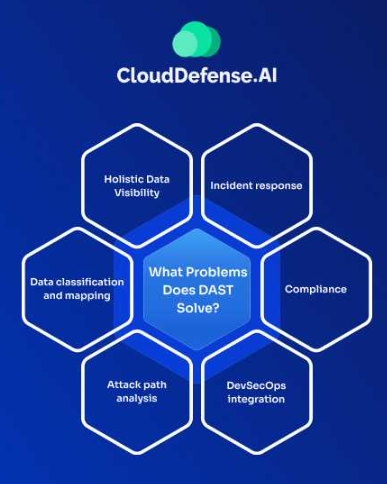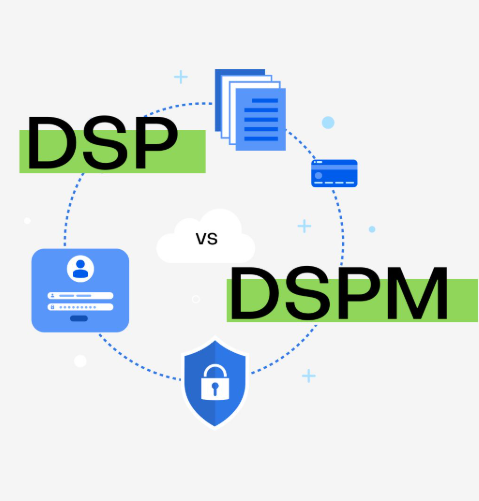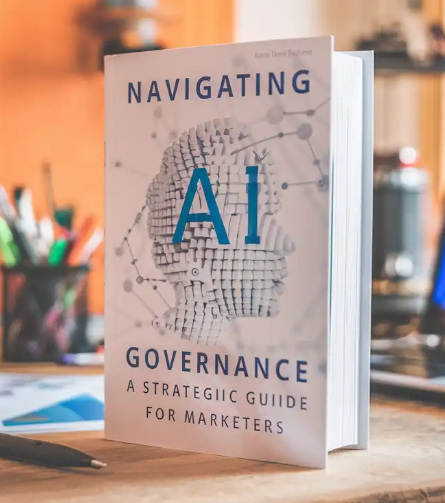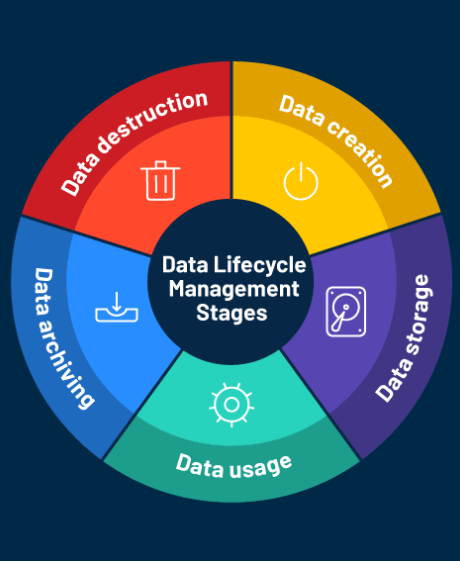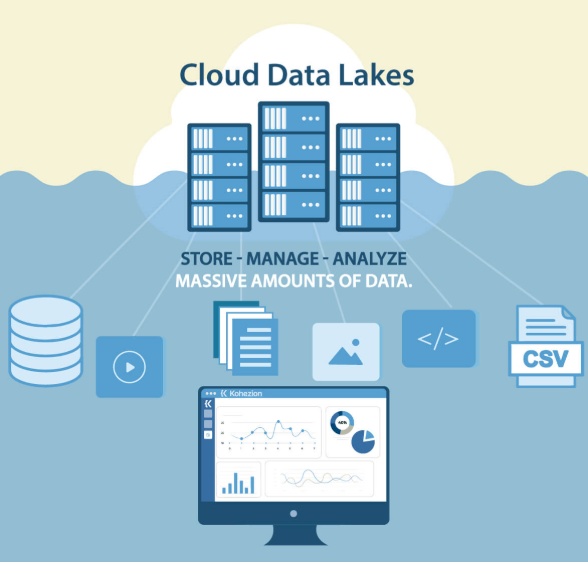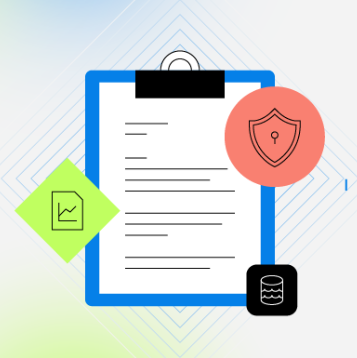
In today’s digital landscape, Artificial Intelligence (AI) is revolutionizing the way businesses handle and derive value from their data. For Chief Information Security Officers (CISOs), IT professionals, and Chief Information Officers (CIOs), incorporating AI into enterprise data management is not just an opportunity—it’s a necessity. However, to unlock AI’s full potential, it’s crucial to follow the right practices to ensure the integration is both effective and secure. In this blog, we explore the most important best practices to follow when implementing AI in enterprise data, focusing on data cleaning, classification, governance, duplicate management, and handling sensitive information.
1. Prioritize Data Cleaning for Accuracy and Quality
Data cleaning is the first and most critical step in any AI-driven data strategy. The performance of AI models is only as good as the data they are trained on, so ensuring your data is accurate, complete, and up-to-date is essential for getting reliable insights.
By eliminating irrelevant or erroneous information, you reduce “noise,” allowing AI systems to focus on useful patterns. It’s also important to regularly audit your data and implement both automated and manual checks to ensure ongoing data quality. Investing in strong data cleaning practices can lead to significant time savings and better AI outcomes.
2. Implement Effective Data Classification
Proper data classification ensures that AI systems can effectively process and analyze your data. Distinguishing between structured and unstructured data is one of the first steps. Structured data, like that found in databases, is easy for AI to analyze. On the other hand, unstructured data, such as emails or documents, often requires advanced processing techniques.
Using metadata and tagging systems helps categorize your data based on its relevance and sensitivity, improving AI’s ability to retrieve and work with the data. It’s essential to regularly update classifications as data evolves to maintain an efficient classification system that facilitates AI’s understanding of your data.
3. Establish Strong Data Governance
Robust data governance is key to maintaining control over your data and ensuring that AI systems operate effectively within an organization’s defined rules. Good governance involves creating policies and procedures around how data is collected, accessed, stored, and shared. These policies should also comply with relevant regulations and standards.
Clear data ownership is another critical aspect. Assigning responsibility for specific data assets ensures that someone is accountable for its accuracy and security, making it easier to integrate AI successfully.
4. Address Duplicates to Maintain Data Integrity
Duplicate data can undermine the performance of AI models, leading to inefficiencies and inaccurate results. It’s vital to proactively identify and eliminate duplicate entries within your datasets.
Utilizing automated deduplication tools can streamline this process, helping to maintain clean and accurate data. Regular audits of your datasets are also necessary to ensure duplicates are flagged and removed, preserving the integrity of your data and ensuring better outcomes from AI models.
5. Handle Sensitive Data with Care
AI systems often require access to sensitive data, such as personally identifiable information (PII) or confidential business records. Protecting this data is critical for compliance and security.
Using encryption techniques to secure sensitive data, both when it’s stored and during transmission, is essential. Additionally, implementing strict access controls and role-based access ensures that only authorized personnel can view or interact with sensitive data. This will help protect your data from unauthorized access and ensure compliance with regulations like GDPR.
Conclusion
Successfully implementing AI in enterprise data requires a strategic approach built on best practices. By focusing on data cleaning, effective classification, robust governance, managing duplicates, and securing sensitive information, organizations can unlock the true potential of AI. Following these best practices will not only improve the effectiveness of your AI systems but will also enhance overall data security and governance.
As AI continues to evolve, remember that the foundation of any successful AI initiative is high-quality, well-governed data. By ensuring your data is clean, classified properly, and secure, you will be well on your way to integrating AI seamlessly into your enterprise data operations.







